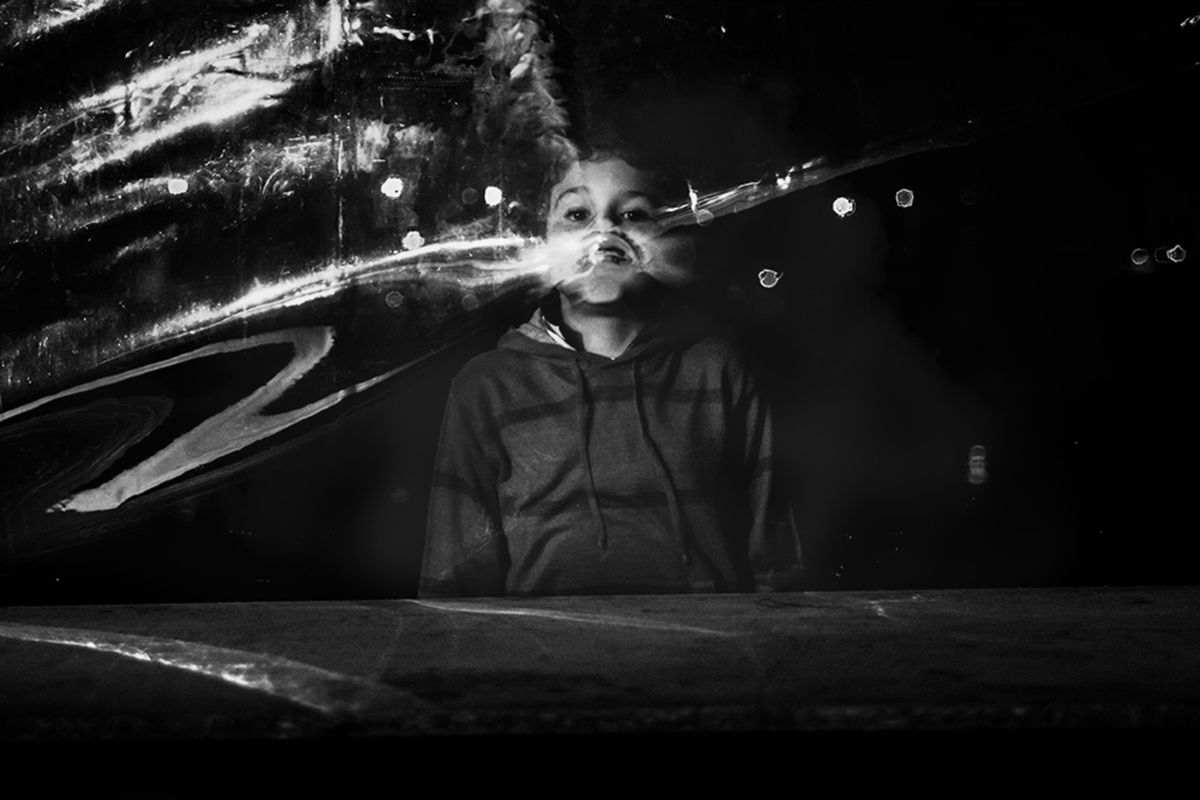Table of Contents
So, you still don't know how to talk to your kids about race? That's OK. It's a complex topic. Thankfully, there's lots you can do. When discussing race and racism, it's important to keep things age-appropriate, however.
What You Can Do With Your Preschool-Aged Child
Children will ask questions:
- Why do I have lighter skin than my friend?
- Why is my skin called yellow, though it's tan?
- Why is my friend dark, but her mom is white?
- Look at that man! Why does he have such a big/small nose?
- Will that black color come off when she washes?

Some of the questions preschoolers ask can be incredibly uncomfortable to us, but young kids — not yet having learned that race is a sensitive issue — do not see it in this light. Your best bet is to answer your young child's questions in a frank and simple manner. And if you don't know the answer yourself? Well, Google is your friend.
In addition, you can nurture your young child's appreciation for diversity by discussing different foods, by playing music from different cultures, and by enrolling them in preschools or activities that are diverse. You can also find lots of picture books about historical figures such as Martin Luther King and Rosa Parks, that introduce children to the civil rights movement in an age-appropriate way. Besides that, you can commit to including as many books, cartoons and games that feature people of diverse backgrounds.
What About Early Elementary Kids?
Roughly between the ages of five and eight, children become more aware of societal attitudes towards race. If they belong to a marginalized group, a child will become more aware of racism at this stage. If they're white, this is the stage at which any prejudices that were previously picked up may become a part of their sense of self, of their budding belief system.
It is at this point that you can have more in-depth and meaningful conversations with your child, to teach them about the history of racism and anti-racism, and familiarize them with other cultures through friends, relatives, and media. Ask questions about what it means to be of Italian, Chinese, or African-American heritage. Watch movies and documentaries. Continue to encourage exposure to diversity in real life and through media.
And Older Kids?
From the age of nine or so, kids develop an ever-deepening sense of self, of culture, and of history. This is where things can really get interesting for the parent — as your child becomes a capable conversational partner, you can discuss both history and the present in a lot of detail. Using a dialogue-based system in which you ask questions rather than offering up information works well for this age group.
READ Race, Income, And Gender In American Healthcare
Children can, from age nine or so, watch and read the news with their parents and have critical conversations about the meaning of current affairs. Try to ask how someone of Differing ethnic heritage would feel about the news, about a game that features only white people, or a doll company that sells exclusively white dolls.
- Photo courtesy of reallynuts: www.flickr.com/photos/reallynuts/4372508744/
- Photo courtesy of reallynuts: www.flickr.com/photos/reallynuts/4372508744/
- Photo courtesy of dani_vazquez: www.flickr.com/photos/dani_vazquez/13483962283/

